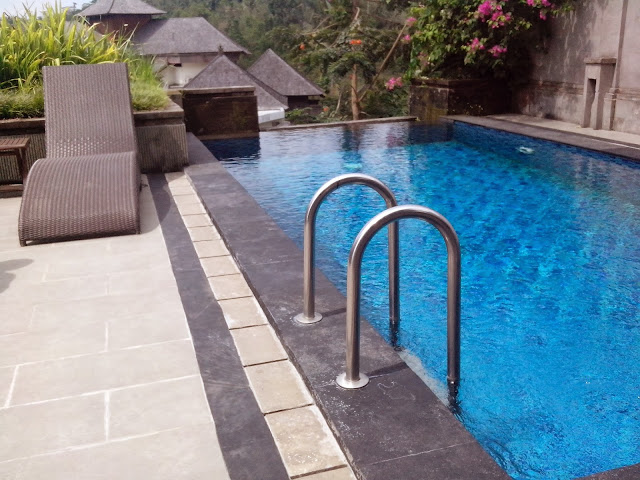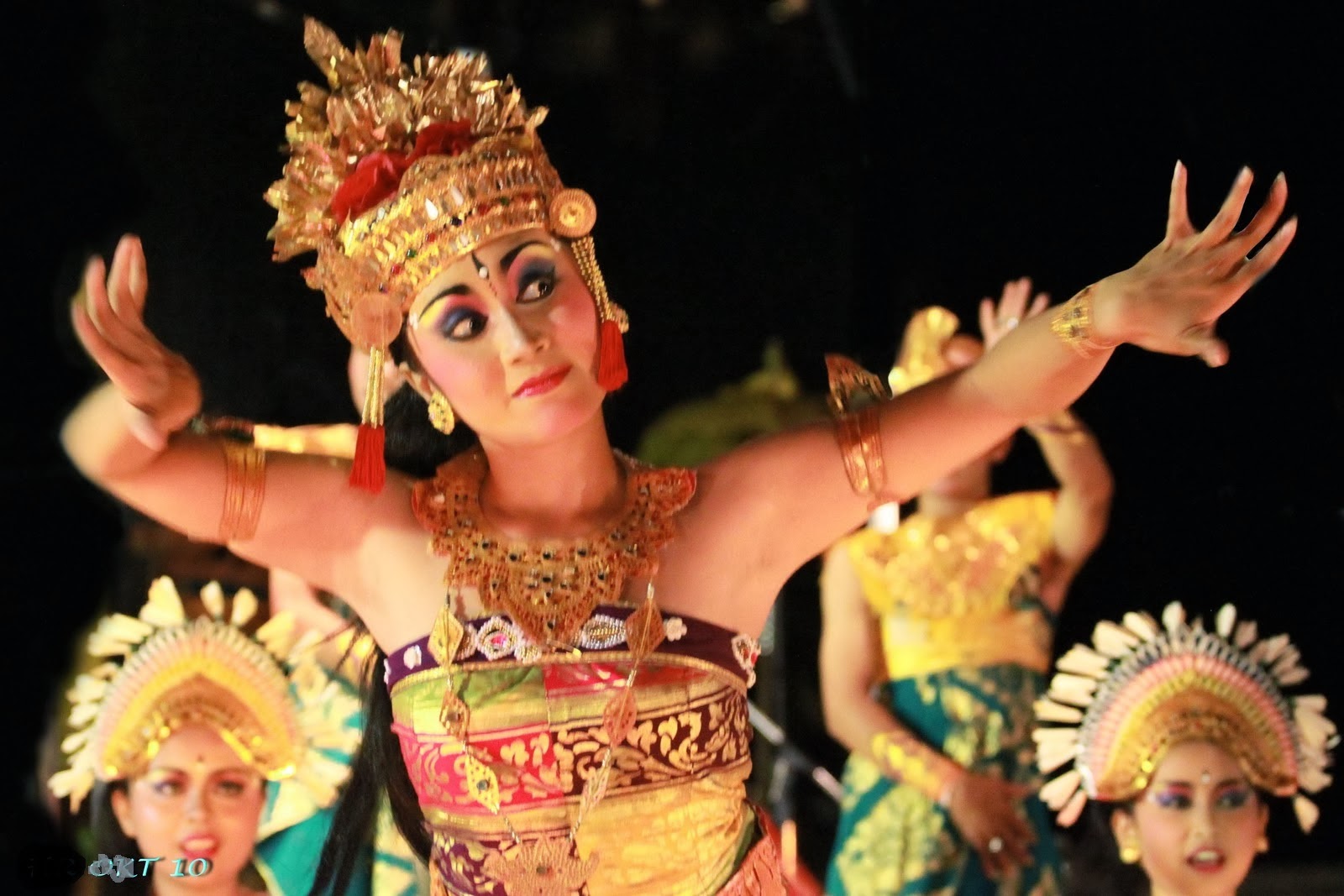 |
| 10.000 BC the Movies, supported by Sari Rambut for wigs and visual effects |
But in Abuan, Bangli, a 30-minute drive from Ubud, Orlando Bassi is making wigs for the entertainment world
If there is one thing Bassi knows, it is the best hairstyle for a face. He can also tell at a glance if someone’s “hair” is not their own.
The spacious factory at the end of a picturesque lane winding through paddyfields is bustling with activity. Dozens of young women sit side by side, their fingers flying as they knot all sorts of hair for all types of wigs: Traditional horse-hair wigs for judges in London, genital hair for sex puppets made from ox tail, and wigs for Hollywood actors.
Next door, male workers shape synthetic materials into body parts, including bloody fingers and noses, for the company’s production of 3D masks and other props.
What started in 1990 as a small workshop with six employees on the floor of a traditional Balinese house in 1990, today is an international business venture with more than three factories and 160 local employees producing costumes and props that are sold to theaters, movies studios and professional make-up artists throughout the world.
The factories are operated by the parent company Sari Rambut, arguably Bangli’s biggest employer.
With a hurly-burly mix of languages, Orlando Bassi swirls between his employees, checking finished wigs and artificial noses, and coming up with new ideas on the spot.
Despite the picturesque location, the offices and work area do not look very Balinese.
“In that matter, I’m still Swiss,” Bassi says. “Everything has to be clean and in order. My employees sometimes don’t understand me.”
The 42-year-old Swiss set up his venture in Bali 15 years ago, after trying to establish wig businesses in Korea and China. When he finally traveled to Bali, he met Nengah, a Balinese who was to become his business partner, and who assisted him building up the business to become the wig producer and exporter it is today.
Nengah and one of his friends went to Switzerland for training before returning to pass on their knowledge to local employees: How to knot not only human hair from India and Russia, but also animal hair or synthetic hair, all of which are used to reproduce different hair styles.
“Today we have clients from all over the world. Many of them travel to Bali to make their orders on the spot,” Bassi adds.
Among his clients were the stylists from the recent Roland Emmerich blockbuster 10,000 BC, for which 180 dreadlock wigs were produced from a mix of real and artificial hair, and from New Zealand film The Whale Rider, which used wigs produced by Balinese people.
The musicals We Will Rock You and Dance of The Vampires, place frequent orders, because their wigs as they are in daily use and get worn out fairly quickly.
“The Indonesian film and musical industry is slowly increasing its orders,” Bassi says of his domestic film clients, “but it has still very limited budgets.”
One local film, The Shaman, starring Oku Antara and Piet Pagau, used part of its bigger budget to kit out the actors in wigs and 3D masks produced by Bassi’s employees.
Each wig can take up to 80 hours to produce and costs between US$300 and $600.
“The most expensive wig we have ever produced was the one for Thierry Mugler’s TV spot Alien, which cost $4000,” Bassi says.
The wigs are mainly made to order, as they are tailored for every head and fit faultlessly for any kind of performance.
Bassi plans to open a school in Jakarta for special effects to help him lower the prices for his products and to ensure there are people in place to work on film sets.
“We are still checking if the courses can somehow be made affordable because all the makeup utensils, which we import from the US, are very expensive,” Bassi says.
Ever since finishing his professional education as a hairdresser at the age of 18, Orlando Bassi has been pursuing his goal of finding a way to make products for professional stylists.
“We were young and convinced that there was huge potential for high-quality and at the same time affordable wigs,” Bassi says.
 |
| LOTR also touched by Sari Rambut products |
With his businesss partner and ex-boyfriend Giuseppe Abbate, he visited several countries before deciding to set up shop in Bali. Abbate now handles the Swiss branch of the company, which serves the European and American markets, and visits Bali every few months to discuss product improvement.
Bassi settled in Ubud seven years ago.
“Switzerland is too boring for me,” he says. “I prefer the Bali way of living, with all its positive and negative aspects.”
Another dream of Bassi is to build a movie studio in Abuan to produce parts of movies himself – who knows which celebrities are going to find their way through the lush paddy fields of Bangli?
Source: Jakpost









